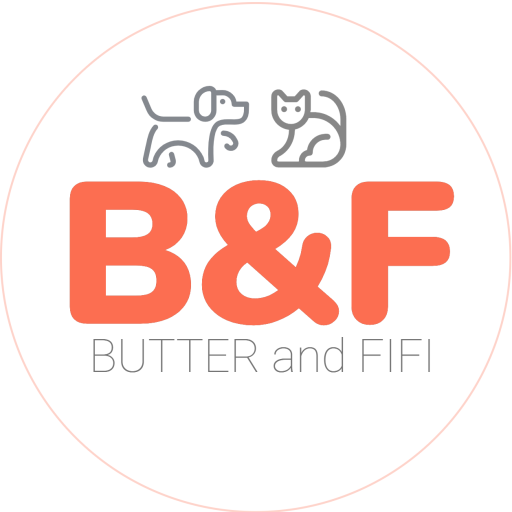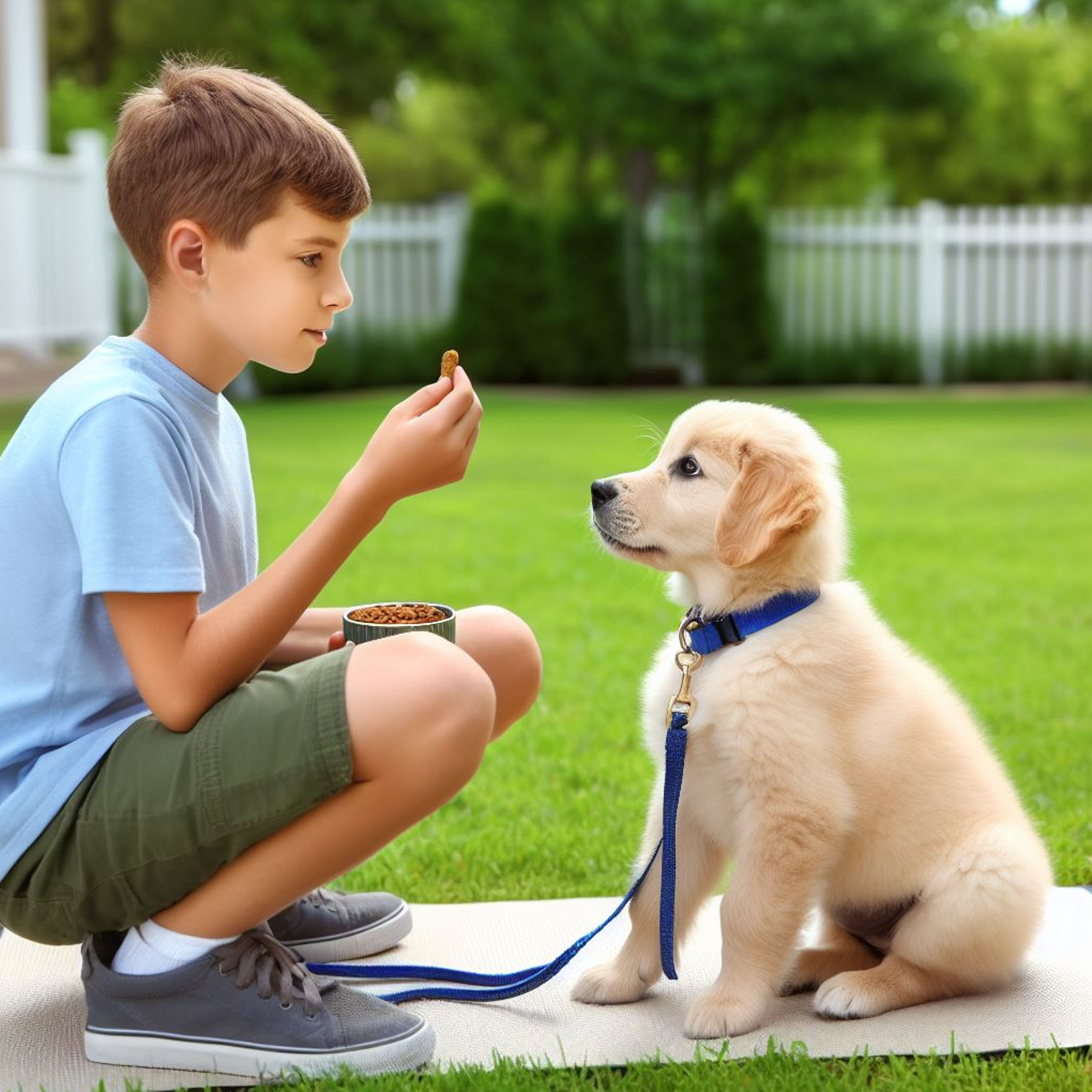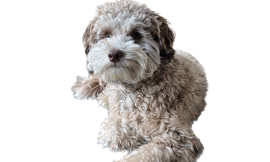Positive reinforcement training is a humane and highly effective method for teaching your puppy new behaviors and commands. It relies on rewarding your puppy for desired behaviors with treats, praise, and positive feedback. In this blog, you’ll explore the principles of positive reinforcement and how to apply them in your training journey.
The Power Of Treats
The use of treats as rewards is a cornerstone of positive reinforcement training. In this section, we’ll explore the role of treats and how to use them effectively in your training:
Selecting Appropriate Treats
Choosing the right treats is pivotal in ensuring your puppy’s success in training. High-value treats are especially enticing to your puppy and can significantly boost their motivation to perform well.
These treats should be something your dog absolutely loves, such as small pieces of cooked chicken, freeze-dried liver, or cheese. The key is to find treats that make your puppy’s tail wag with excitement.
Remember that different dogs have different preferences, so you may need to experiment a bit to determine which treats your puppy finds most irresistible. The goal is to use treats that your dog values so much that they are willing to work for them.
Treat Variety
While high-value treats are essential, it’s also important to keep your training sessions engaging by using a variety of treats. Dogs
can become bored with the same treats over time, so switching them up helps maintain your puppy’s enthusiasm. It’s like offering them a new and exciting surprise each time they perform a desired behavior.
You can have a repertoire of treats, including soft treats, crunchy treats, and even fruits like apple slices or carrots. Mixing it up keeps the training fresh and fun, encouraging your puppy to remain eager to learn.
Proper Treat Timing
The timing of treat delivery is a crucial element in positive reinforcement training. You want to ensure that the treat is given precisely when your puppy exhibits the desired behavior. This immediate reinforcement helps your dog connect their actions with the reward, strengthening the behavior you’re trying to teach.
Make sure you have the treat ready and in hand before asking your puppy to perform the behavior. As soon as your puppy complies, promptly reward them with the treat. This instant association reinforces the notion that the treat is a result of their action.
However, it’s equally important to use treats sparingly. While they are a powerful motivator, overusing them can lead to obesity or a lack of motivation when the treats lose their novelty. Gradually reduce the frequency of treats as your puppy becomes more proficient in the desired behavior, transitioning to praise and affection as primary rewards.
By understanding and implementing the principles of positive reinforcement, you are not only fostering a well-behaved and happy canine companion but also creating a joyful and fulfilling training journey for both you and your furry friend. As you embark on this path, remember that patience, consistency, and a generous dose of love will pave the way for a harmonious relationship, marked by trust, respect, and the joy of shared learning experiences.



